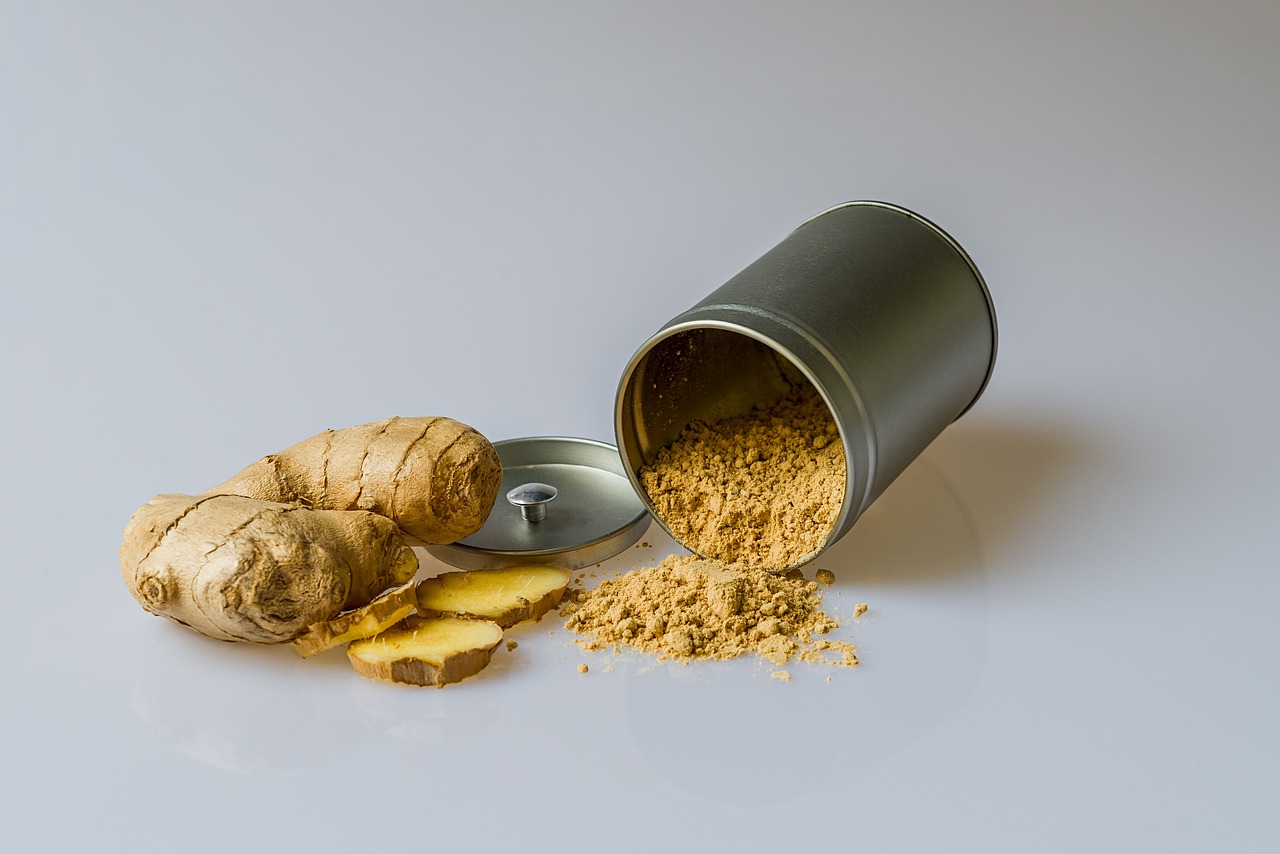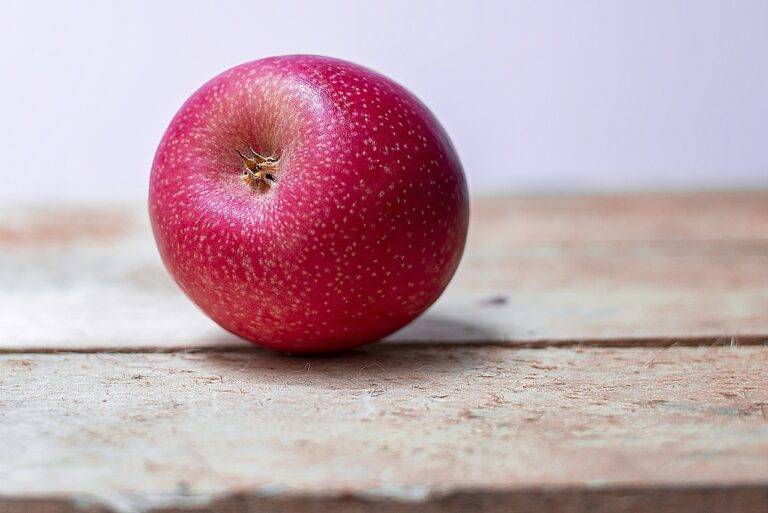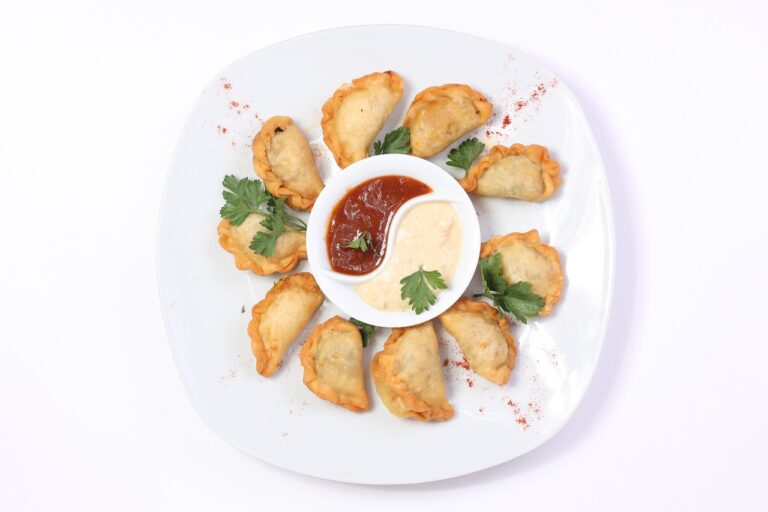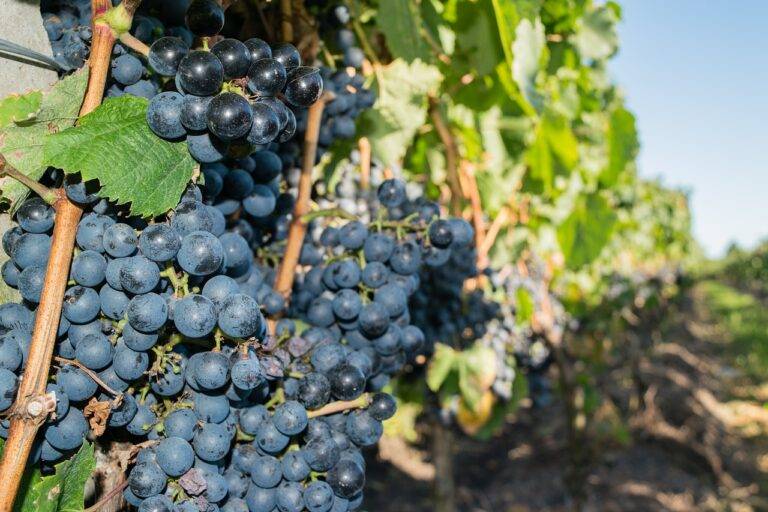Indigenous Foodways: Preserving Culinary Heritage
Indigenous foodways reflect the deep connection between culture, tradition, and the land. From North America to Australia, indigenous communities have passed down culinary traditions through generations, preserving ancestral knowledge and practices. These foodways provide not just sustenance, but also a way to honor and maintain cultural identity.
Through traditional preparation methods and the use of local ingredients, indigenous foodways offer a unique glimpse into the history and values of each community. Whether it’s foraged plants, wild game, or ancient grains, these ingredients showcase the resourcefulness and sustainability of indigenous food systems. By celebrating and supporting these foodways, we can not only savor the diverse flavors of indigenous cuisines but also contribute to the preservation of indigenous cultures.
Traditional Indigenous Ingredients
Indigenous foodways across the globe are deeply rooted in using traditional ingredients that have sustained communities for generations. From North America to Australia, these ingredients play a crucial role in the culinary practices and cultural heritage of indigenous peoples. Each ingredient symbolizes a connection to the land and carries a rich history of foraging, harvesting, and preparing food in accordance with tradition.
Maize, also known as corn, is a staple ingredient in Native American cuisine, dating back thousands of years. It is used in a variety of forms, such as cornmeal, hominy, and tortillas, and holds significant cultural and spiritual importance. Similarly, kangaroo meat is a traditional ingredient in Australian Aboriginal foodways, valued for its lean protein content and adaptability in various dishes. These ingredients not only provide sustenance but also reflect the deep reverence indigenous communities have for the land and its resources.
What are some examples of traditional indigenous ingredients?
Traditional indigenous ingredients can include foods like quinoa, wild rice, bison, salmon, corn, chia seeds, and amaranth.
How are traditional indigenous ingredients used in cooking?
Traditional indigenous ingredients are used in various ways, such as in stews, soups, salads, and as side dishes. They can also be incorporated into baked goods and desserts.
Are traditional indigenous ingredients healthy?
Yes, many traditional indigenous ingredients are considered to be highly nutritious and healthy, as they are often whole foods that are rich in vitamins, minerals, and antioxidants.
Can traditional indigenous ingredients be found in stores?
Some traditional indigenous ingredients may be found in specialty stores or health food stores, while others may need to be sourced from specific suppliers or online retailers.
Are traditional indigenous ingredients sustainable?
Many traditional indigenous ingredients are sustainable, as they are often sourced locally and harvested in a way that respects the environment and supports the communities that rely on them.







